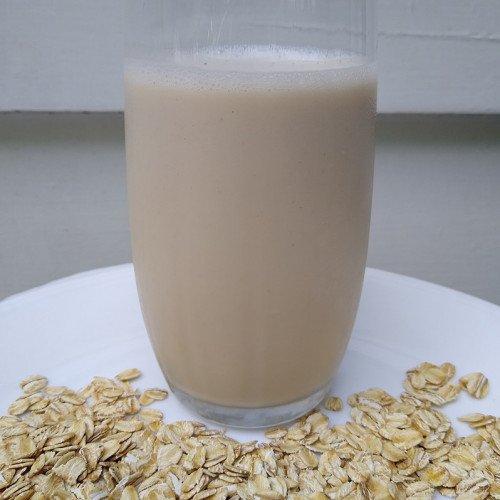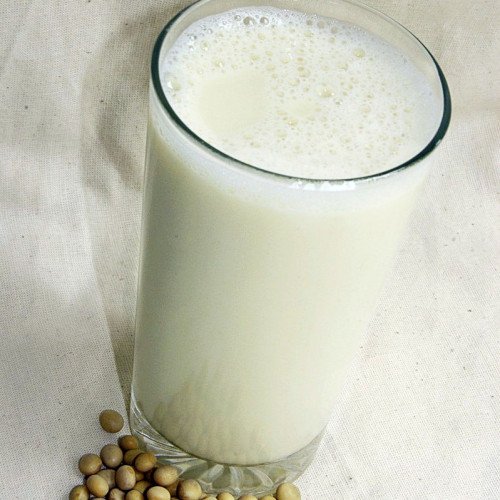Oat Milk or Soy Milk?

Oat Milk
Oat milk is a plant milk derived from whole oat (Avena spp.) grains by extracting the plant material with water. Oat milk has a creamy texture and oatmeal-like flavor, and is manufactured in various flavors, such as sweetened, unsweetened, vanilla or chocolate. Unlike other plant milks having origins as early as the 13th century, oat milk was developed in the 1990s by the Swedish scientist Rickard Öste. Over 2017–2019, oat milk sales in the United States increased 10 fold, and one major manufacturer, Oatly, reported a three-fold increase in worldwide sales. As of late 2020, the oat milk market became second-largest among plant milks in the United States, following the leader almond milk, but exceeding the sales of soy milk.By 2020, oat milk products included coffee creamer, yogurt, ice cream, and chocolate. Oat milk may be consumed to replace dairy milk in vegan diets, or in cases of medical conditions where dairy is incompatible, such as lactose intolerance or an allergy to cow milk. Compared to dairy milk and other vegan milk products, oat milk has relatively low environmental impact due to its comparatively low land and water needs for production.
Statistics for this Xoptio

Soy Milk
Soy milk, also known as soya milk or soymilk, is a plant-based drink produced by soaking and grinding soybeans, boiling the mixture, and filtering out remaining particulates. It is a stable emulsion of oil, water, and protein. Its original form is an intermediate product of the manufacture of tofu. Originating in East Asia, it became a common beverage in Europe and North America in the latter half of the 20th century, especially as production techniques were developed to give it a taste and consistency more closely resembling that of dairy milk. Along with similar vegetable-based "milks," like almond and rice milk, soy milk may be used as a substitute for dairy milk by individuals who are vegan or lactose intolerant, while others may consume it for environmental or health reasons.